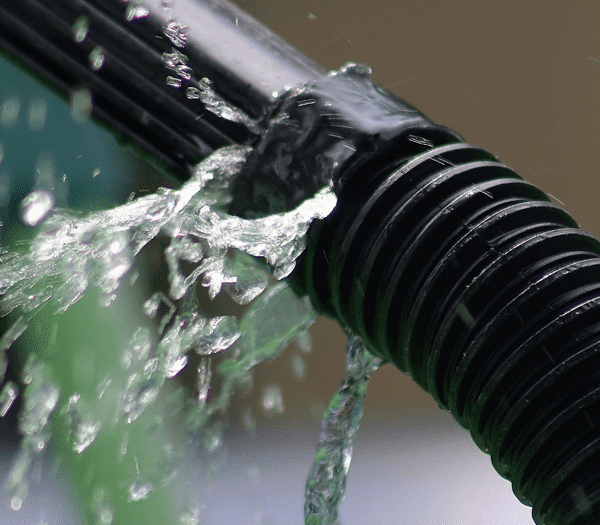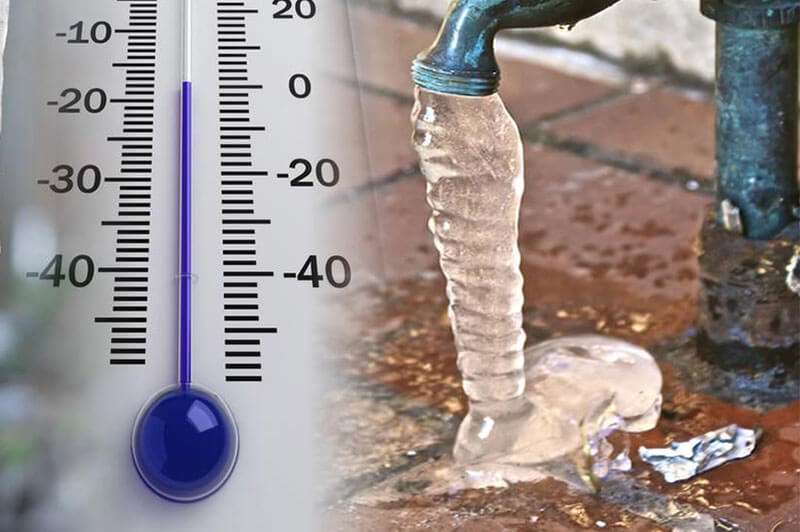On this page further down you can get a bunch of first-rate details all about Think Twice Before Flushing Food Down Your Toilet.

Introduction
Many individuals are typically faced with the problem of what to do with food waste, particularly when it pertains to leftovers or scraps. One common question that arises is whether it's all right to flush food down the toilet. In this write-up, we'll explore the reasons why individuals could think about purging food, the repercussions of doing so, and alternative methods for correct disposal.
Reasons why people may take into consideration flushing food
Lack of awareness
Some individuals may not understand the possible damage triggered by flushing food down the bathroom. They may wrongly think that it's a harmless technique.
Ease
Purging food down the toilet might look like a fast and very easy option to taking care of undesirable scraps, particularly when there's no close-by trash bin available.
Laziness
In many cases, people may merely choose to flush food out of large negligence, without considering the effects of their activities.
Effects of flushing food down the toilet
Ecological influence
Food waste that ends up in waterways can contribute to contamination and injury marine ecological communities. In addition, the water used to flush food can stress water resources.
Plumbing issues
Purging food can result in stopped up pipelines and drains, creating pricey plumbing repair services and inconveniences.
Types of food that should not be flushed
Fibrous foods
Foods with fibrous structures such as celery or corn husks can get entangled in pipelines and cause blockages.
Starchy foods
Starchy foods like pasta and rice can absorb water and swell, causing obstructions in pipes.
Oils and fats
Greasy foods like bacon or food preparation oils ought to never ever be flushed down the commode as they can strengthen and trigger blockages.
Appropriate disposal methods for food waste
Making use of a waste disposal unit
For homes furnished with waste disposal unit, food scraps can be ground up and purged via the pipes system. However, not all foods appropriate for disposal in this fashion.
Recycling
Specific food product packaging materials can be reused, lowering waste and minimizing ecological impact.
Composting
Composting is a green way to deal with food waste. Organic materials can be composted and used to enhance dirt for horticulture.
The importance of appropriate waste administration
Reducing ecological harm
Proper waste monitoring methods, such as composting and recycling, help minimize air pollution and protect natural resources for future generations.
Shielding plumbing systems
By preventing the practice of flushing food down the toilet, home owners can stop expensive plumbing repairs and preserve the integrity of their plumbing systems.
Final thought
Finally, while it may be tempting to purge food down the toilet for ease, it is very important to understand the possible repercussions of this activity. By embracing appropriate waste monitoring practices and disposing of food waste sensibly, people can contribute to healthier pipes systems and a cleaner atmosphere for all.
THINK TWICE BEFORE FLUSHING FOOD DOWN YOUR TOILET IN FALLBROOK CA
Let’s be honest, we’re really supposed to be tossing rotten or leftover food in the compost bin or trash can. But many people like to place scraps of food down the drain of, say, their kitchen sink. That’s why the garbage disposal was invented: so we can continue to place certain foods down the drain without clogging our drain in the process. Smart.
But not all of us have the luxury of having a garbage disposal installed. So, you might continue to shove food down your sink drain anyway – or worse: you might flush them down your toilet! If you’re guilty of doing the latter, you’re going to want to stop, and here’s why:
Toilet Drains Aren’t Designed to Handle Food!
There’s your answer: food just doesn’t belong in your toilet. It may seem like your toilet drain is wider than the drains of your sinks, but truth be told, that isn’t actually the case. The narrower pipes of your toilet leave your plumbing at risk for clogging if you do happen to flush your food. In addition, food doesn’t break down as quickly that toilet paper and human waste do. In turn, this leaves your toilet at risk for a nasty clog.
Although a flush of a tiny pinch of food every now and then isn’t going to completely damage your toilet, there are certain foods that should absolutely not be flushed in your toilet at all. These include starchy foods like mashed potatoes, grains, hard pieces of food that are slow to break down, and fats and oils.
The latter categories of food are particularly problematic as they may harden, expand as they absorb water, break down slowly in your system, or generally create the perfect obstruction with their gelatinous composition. These are all things you don’t want in your plumbing system!
Experiencing a Toilet Clog?
Nobody’s perfect, and we all make mistakes. Sometimes one of the mistakes people make is flushing food down their toilet and later realizing that it wasn’t the best thing to do once they see that their toilet is now clogged. Uh-oh!

Do you enjoy more info about ? Create a remark further down. We'd be pleased to see your suggestions about this write-up. We are looking forward that you come back again before long. Appreciated our blog posting? Please share it. Let other people check it out. Many thanks for your time. Revisit us soon.
Click Here

